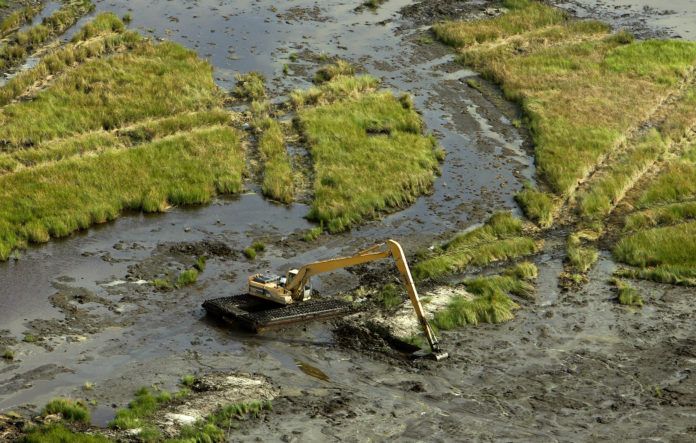In 2006, a year after hurricanes Katrina and Rita devastated New Orleans and the Gulf Coast, the U.S. government struck a deal to give states in the region a growing share of offshore drilling revenues to finance projects protecting them from future monster storms.
But as Reuters reports, revenues have fallen short of forecasts by half, leaving Louisiana with a gap in financing for a $50 billion plan for projects to raise levees, build flood gates, widen evacuation routes and protect its eroding coastline.
The shortfall, which federal officials blame on low oil prices, has forced the state to put off critical projects as Louisiana’s congressional delegation pushes for another increase in its share of federal oil revenues.
The predicament, Reuters notes, shows how states hosting offshore drilling can get burned by the industry’s boom-and-bust cycles, providing insight for other states as the Trump administration proposes to expand offshore drilling in the Atlantic, Pacific and Arctic oceans.
While Louisiana officials piece together funding for their projects from other sources, Reuters reports, its legislators in Congress are fighting for changes to GOMESA—the Gulf of Mexico Energy Security Act—including increasing the percentage diverted to states from 37.5% to 50%.
One such bill, sponsored by Congressman Graves, passed a vote in the House Committee on Natural Resources late last year, before the new Congress was seated.
But the idea faces resistance from those who believe the revenues should be used on national instead of state priorities, Reuters reports. Both President Donald Trump and President Barack Obama’s administrations had proposed budgets eliminating or reducing GOMESA payments to finance federal programs instead, before being pushed back by Congress.



